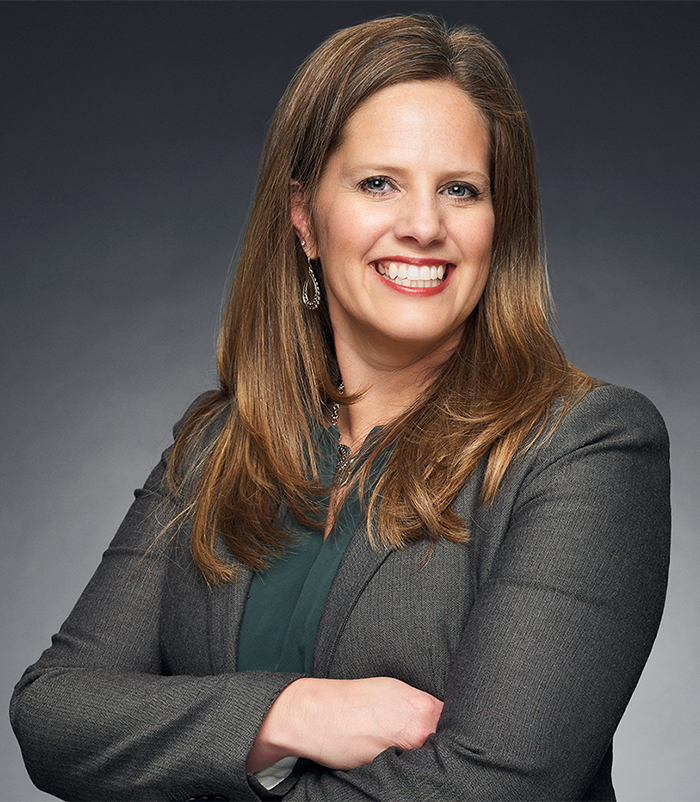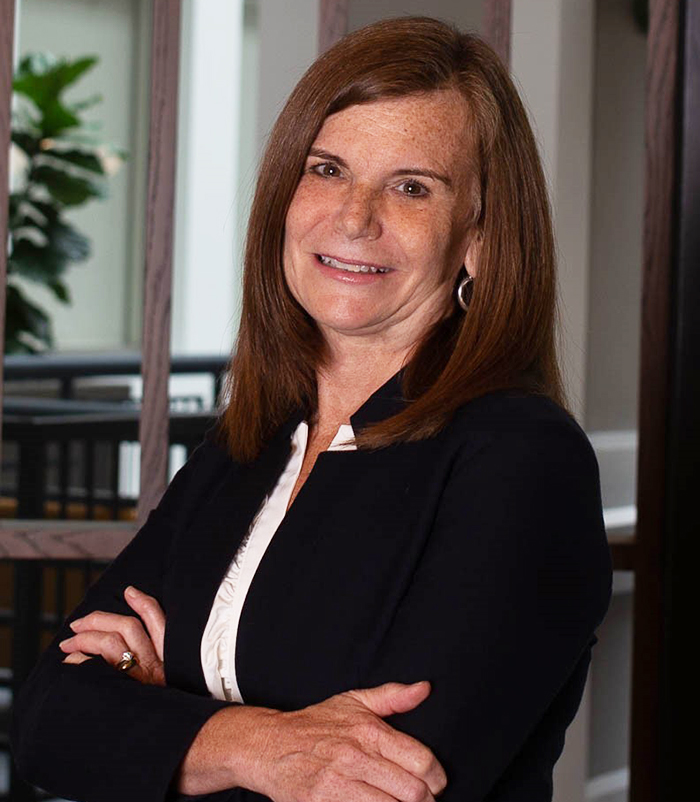 | 1 LU |
 | 1 LU |
Facing strict budget limitations and a time crunch, the School District of Philadelphia (SDP) turned to an alternative method to deliver its newest school. The new school was designed to relieve chronic inequity, pronounced overcrowding conditions across five neighboring elementaries, and to address dramatic population forecasts for the city’s growing Northeast community. The turnkey operation, which was the first of its kind for SDP, yielded a new K-8 facility for 1,660 students and established a new standard for modern learning environments in the district. The project’s speed – just 21 months from award of design to opening – and cost assurance were essential in meeting urgent district-wide equity needs. Securing fixed costs and timelines enabled earlier commitment to further, additional projects in historically under-served communities, while limiting the district’s exposure to risk. But the process was not without challenges. Is P3 right for your district? Can it deliver on the promise of next generation learning environments? Join the owner, architect, and builder for a frank conversation about the opportunities and challenges of alternative delivery while also learning more about accommodating next generation learning environments in K-8 facilities. Might a P3 model facilitate realization of your District’s plans for promoting educational equity and inclusion in an affordable manner?
Learning Objectives:

For 25 years, Jennifer has devoted her career to the design of educational environments, from K-12 and Higher Education, to environmental education centers and Children's Zoos. She believes successful projects start with a strong collaboration of owner, architect, consultants, and community, working together to identify and creatively solve problems. As a seasoned project architect, she understands that a balance of strong leadership and active listening is key to developing inspired, budget.

Mary is an Educational Facilities Planner for the School District of Philadelphia, the largest school district in Pennsylvania and the 19th largest in the nation with 250 schools and approximately 138,000 students.

With over 34 years of experience in construction and nearly 20 years at Gilbane, Sue has managed a large portfolio of projects with a concentration in the education sector. In addition to her leadership role on projects, she is Gilbane’s K-12 Education Center of Excellence leader. She serves as a resource for all of the firm’s K-12 education project teams by bringing lessons learned and best practices from a depth of K-12 experience across the country. Sue ensures knowledge-sharing on current trends, sustainable design practices, construction solutions, and operational issues specific to the K-12 sector. Her project involvement includes the Community College of Philadelphia, Princeton University, Rider University, Rutgers University, Trenton School District and multiple facilities for the School District of Cheltenham Township. Sue recently led design and construction efforts for a new Turnkey K-8 School for the School District of Philadelphia, also known as the Northeast Community Propel Academy, which was delivered under a finance, design and construction contract.
What are the emerging trends in society, education, and/or school planning, design, construction, supply, and operation that should be informing our conversation today?
Primary Core Competency
Educational Facility Implementation, Project Management/Project Delivery: Has a working understanding of how the following areas impact the facility program: regulations and policies; project delivery methodologies; scheduling; preventative maintenance; life-cycle planning; and systems commissioning.